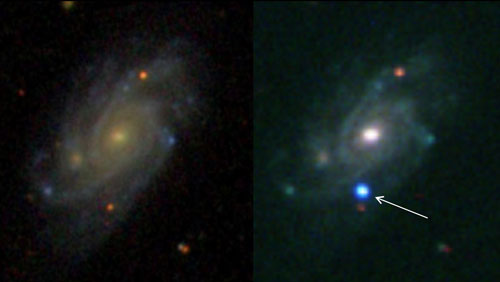 For the first time ever, scientists have direct confirmation that a Wolf-Rayet star - sitting 360 million light years away in the Bootes constellation - died in a violent explosion known as a Type IIb supernova.
For the first time ever, scientists have direct confirmation that a Wolf-Rayet star - sitting 360 million light years away in the Bootes constellation - died in a violent explosion known as a Type IIb supernova.
May 21st, 2014
Read more
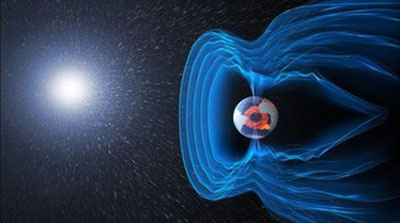 Thanks to a constellation of three satellites, ESA's SWARM mission will track and measure the planet's magnetic forces from its core to its upper atmosphere. Five months after the launch, the satellites are beginning to gather data.
Thanks to a constellation of three satellites, ESA's SWARM mission will track and measure the planet's magnetic forces from its core to its upper atmosphere. Five months after the launch, the satellites are beginning to gather data.
May 21st, 2014
Read more
Scientists have discovered that living organisms on Earth were capable of making a mineral that may also be found on Mars.
May 20th, 2014
Read more
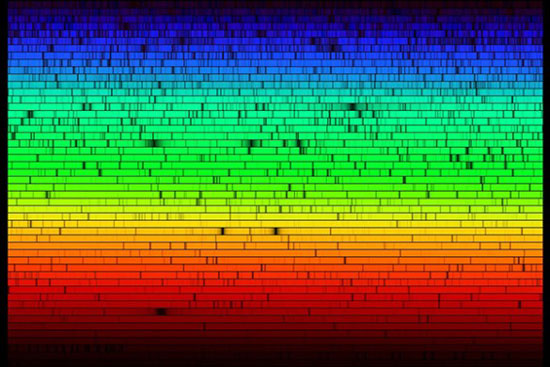 Astronomers have developed a model that estimates the effect that ingesting large amounts of the rocky material from which 'terrestrial' planets like Earth, Mars and Venus are made has on a star's chemical composition and has used the model to analyze a pair of twin stars which both have their own planets.
Astronomers have developed a model that estimates the effect that ingesting large amounts of the rocky material from which 'terrestrial' planets like Earth, Mars and Venus are made has on a star's chemical composition and has used the model to analyze a pair of twin stars which both have their own planets.
May 20th, 2014
Read more
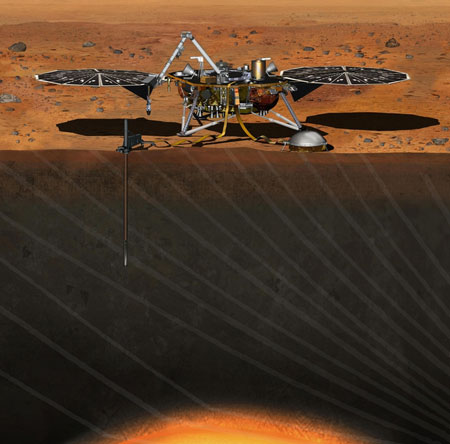 NASA and its international partners now have the go-ahead to begin construction on a new Mars lander after it completed a successful Mission Critical Design Review on Friday.
NASA and its international partners now have the go-ahead to begin construction on a new Mars lander after it completed a successful Mission Critical Design Review on Friday.
May 20th, 2014
Read more
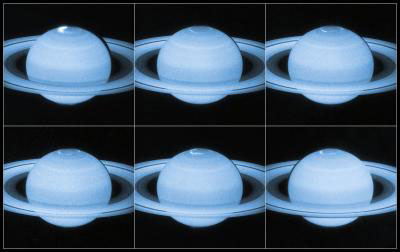 Saturn's auroras are caused by the same phenomenon which leads to dramatic auroral displays on Earth.
Saturn's auroras are caused by the same phenomenon which leads to dramatic auroral displays on Earth.
May 19th, 2014
Read more
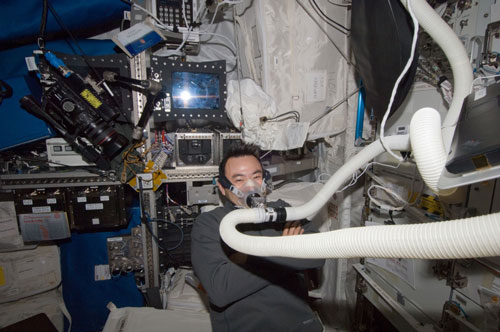 The splashdown of SpaceX's Dragon spacecraft on May 18 concludes the company's third contracted resupply mission to the International Space Station, assisting scientists who have investigations returning to Earth complete their analyses.
The splashdown of SpaceX's Dragon spacecraft on May 18 concludes the company's third contracted resupply mission to the International Space Station, assisting scientists who have investigations returning to Earth complete their analyses.
May 18th, 2014
Read more
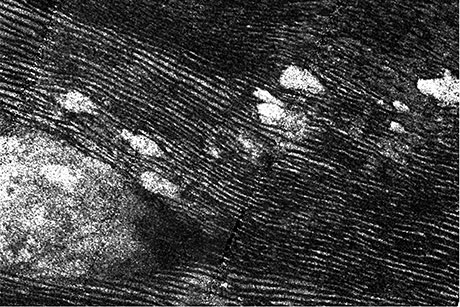 The dunes of Titan tell cosmic tales. A Cornell senior and researchers have narrowed theories on why the hydrocarbon dunes - think plastic - on Saturn's largest moon are oriented in an unexpected direction, a solar system eccentricity that has puzzled space scientists.
The dunes of Titan tell cosmic tales. A Cornell senior and researchers have narrowed theories on why the hydrocarbon dunes - think plastic - on Saturn's largest moon are oriented in an unexpected direction, a solar system eccentricity that has puzzled space scientists.
May 15th, 2014
Read more
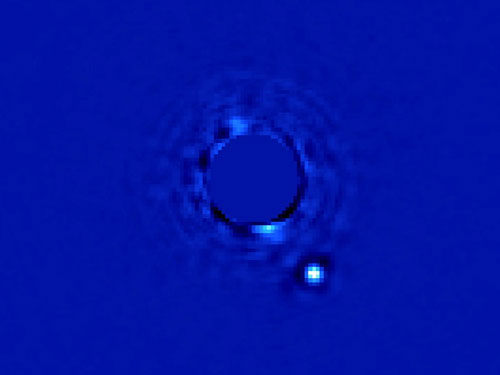 Using one of the world's largest telescopes, a Lawrence Livermore team and international collaborators have tracked the orbit of a planet at least four times the size of Jupiter.
Using one of the world's largest telescopes, a Lawrence Livermore team and international collaborators have tracked the orbit of a planet at least four times the size of Jupiter.
May 15th, 2014
Read more
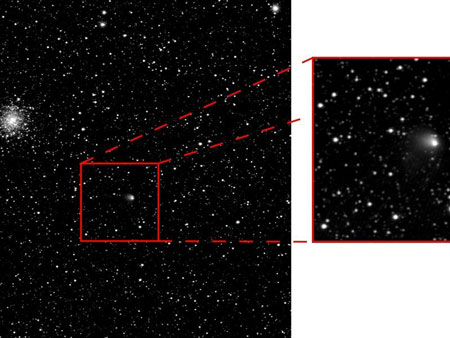 The scientific imaging system OSIRIS on board ESA's Rosetta spacecraft witnesses the awakening of the mission's target comet.
The scientific imaging system OSIRIS on board ESA's Rosetta spacecraft witnesses the awakening of the mission's target comet.
May 15th, 2014
Read more
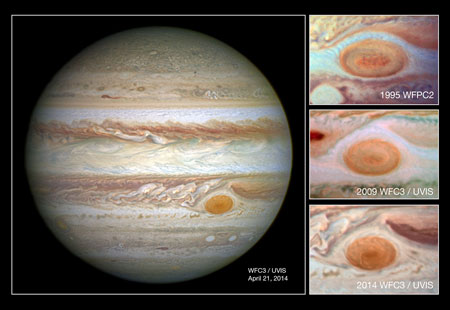 Jupiter's trademark Great Red Spot - a swirling storm feature larger than Earth - is shrinking. This downsizing, which is changing the shape of the spot from an oval into a circle, has been known about since the 1930s, but now these striking new Hubble Space Telescope images capture the spot at a smaller size than ever before.
Jupiter's trademark Great Red Spot - a swirling storm feature larger than Earth - is shrinking. This downsizing, which is changing the shape of the spot from an oval into a circle, has been known about since the 1930s, but now these striking new Hubble Space Telescope images capture the spot at a smaller size than ever before.
May 15th, 2014
Read more
A new model accounting for the loss of stability in supernova explosions sheds some new light on this phenomenon.
May 15th, 2014
Read more
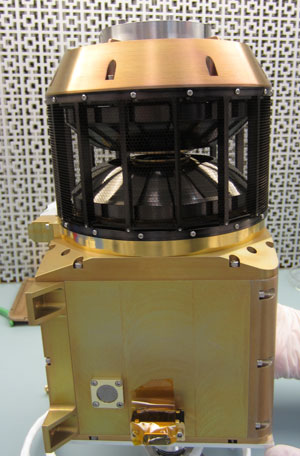 This past November, NASA launched the Mars Atmosphere and Volatile Evolution (MAVEN) mission in the hope of understanding how and why the planet has been losing its atmosphere over billions of years.
This past November, NASA launched the Mars Atmosphere and Volatile Evolution (MAVEN) mission in the hope of understanding how and why the planet has been losing its atmosphere over billions of years.
May 14th, 2014
Read more
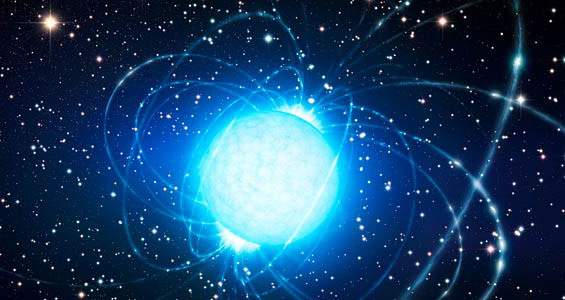 Magnetars are the super-dense remnants of supernova explosions. They are the strongest magnets known in the Universe - millions of times more powerful than the strongest magnets on Earth. A team of astronomers now believe they've found the partner star of a magnetar for the first time. This discovery helps to explain how magnetars form and why this particular star didn't collapse into a black hole as astronomers would expect.
Magnetars are the super-dense remnants of supernova explosions. They are the strongest magnets known in the Universe - millions of times more powerful than the strongest magnets on Earth. A team of astronomers now believe they've found the partner star of a magnetar for the first time. This discovery helps to explain how magnetars form and why this particular star didn't collapse into a black hole as astronomers would expect.
May 14th, 2014
Read more
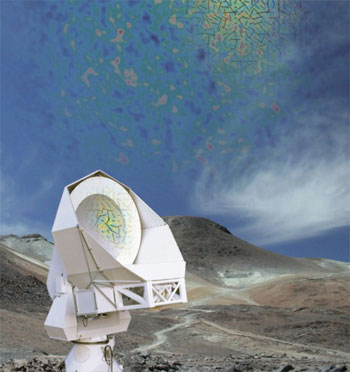 Astrophysicists have measured the minute gravitational distortions in polarized radiation from the early universe and discovered that these ancient microwaves can provide an important cosmological test of Einstein's theory of general relativity.
Astrophysicists have measured the minute gravitational distortions in polarized radiation from the early universe and discovered that these ancient microwaves can provide an important cosmological test of Einstein's theory of general relativity.
May 13th, 2014
Read more
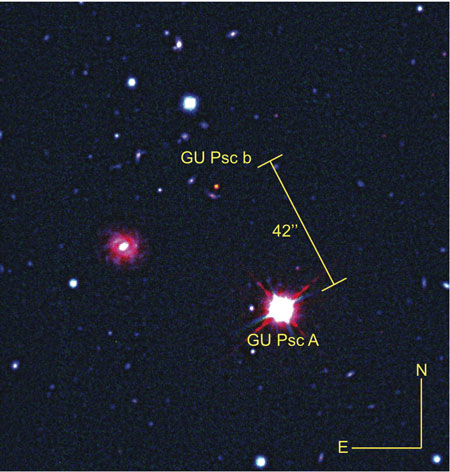 A gas giant has been added to the short list of exoplanets discovered through direct imaging. It is located around GU Psc, a star three times less massive than the Sun and located in the constellation Pisces.
A gas giant has been added to the short list of exoplanets discovered through direct imaging. It is located around GU Psc, a star three times less massive than the Sun and located in the constellation Pisces.
May 13th, 2014
Read more
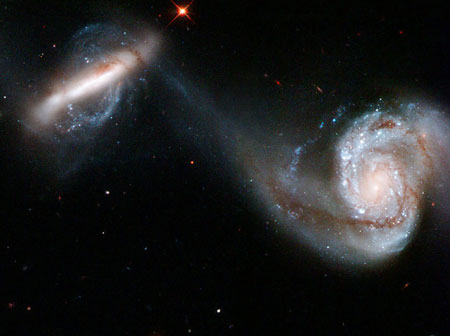 The first galaxies evolved only a few hundred million years after the Big Bang. But why do they have such a great variety of shapes and structures? How did the universe evolve as a whole? Two German-Chinese Partner Groups are using observations and simulations to investigate how the early universe evolved
The first galaxies evolved only a few hundred million years after the Big Bang. But why do they have such a great variety of shapes and structures? How did the universe evolve as a whole? Two German-Chinese Partner Groups are using observations and simulations to investigate how the early universe evolved
May 13th, 2014
Read more
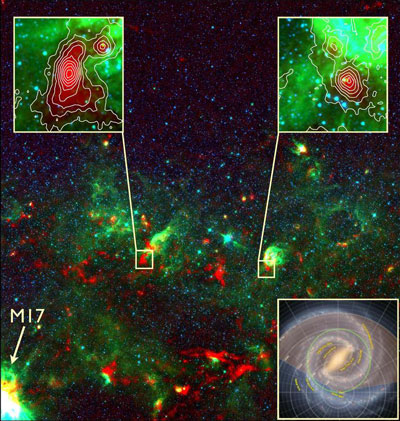 ATLASGAL is a survey of the Galactic Plane at a wavelength of 0.87 mm. It has revealed an unprecedented number of cold dense clumps of gas and dust as the cradles of massive stars, thus providing a complete view of their birthplaces in the Milky Way.
ATLASGAL is a survey of the Galactic Plane at a wavelength of 0.87 mm. It has revealed an unprecedented number of cold dense clumps of gas and dust as the cradles of massive stars, thus providing a complete view of their birthplaces in the Milky Way.
May 13th, 2014
Read more
 For the first time ever, scientists have direct confirmation that a Wolf-Rayet star - sitting 360 million light years away in the Bootes constellation - died in a violent explosion known as a Type IIb supernova.
For the first time ever, scientists have direct confirmation that a Wolf-Rayet star - sitting 360 million light years away in the Bootes constellation - died in a violent explosion known as a Type IIb supernova.
 Subscribe to our Space Exploration News feed
Subscribe to our Space Exploration News feed













